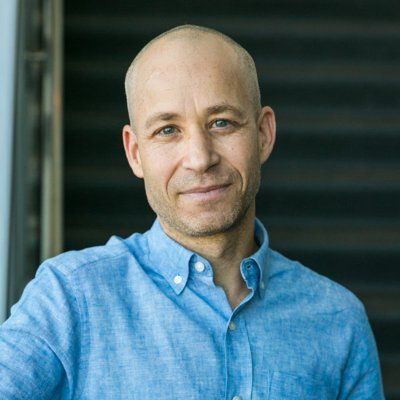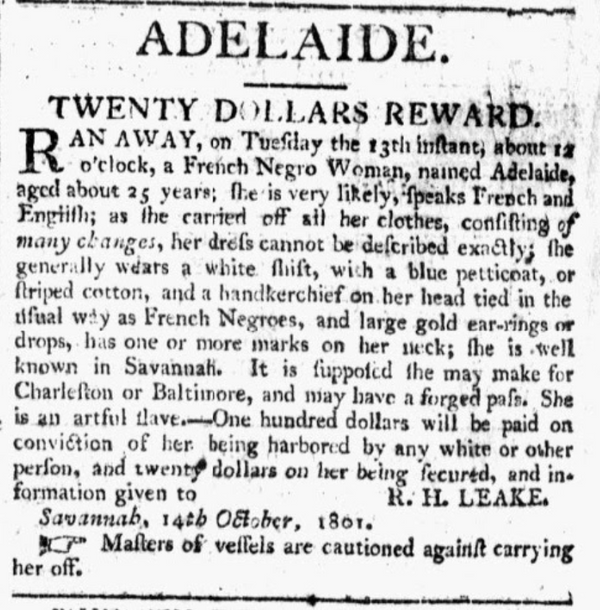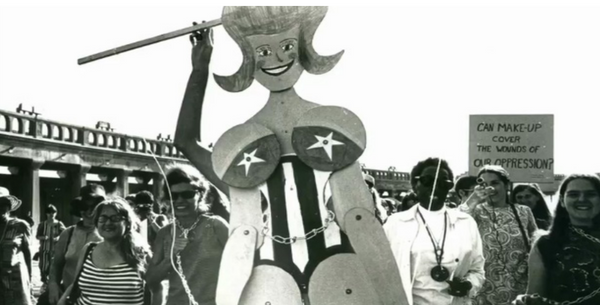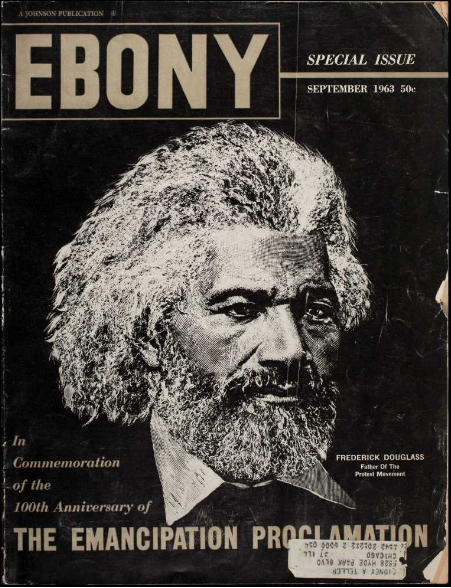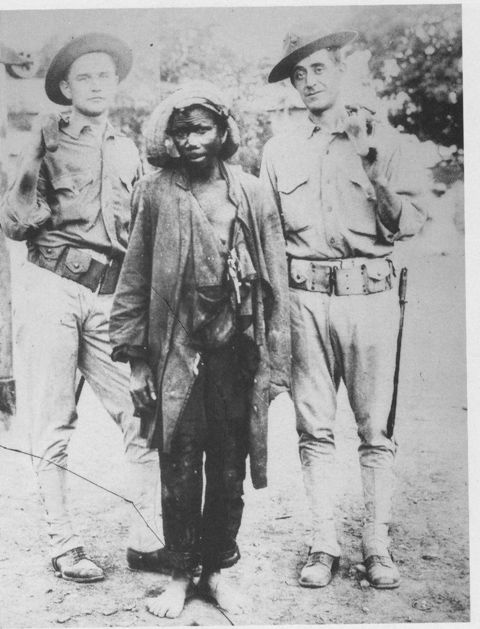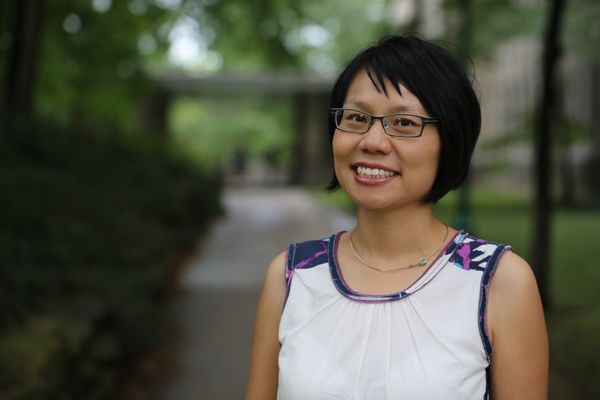Interviewed by Henry Jacob, SY '21
Transcribed by Rachel Sragovicz, TD '24
Dr. Chip Colwell is a leading educator and researcher. He serves as the founding editor-in-chief of SAPIENS, an online anthropology magazine accessible to a wide audience. Colwell received his PhD from Indiana University and was the Senior Curator of Anthropology at the Denver Museum of Nature & Science for over a decade. He has authored scores of articles in peer-reviewed and popular outlets as well as 12 books. In addition, Colwell has won prestigious fellowships in support of and awards for his work. This conversation revolves around Dr. Colwell's refreshing and inspiring vision on the the creation and dissemination of knowledge.
N.B. This interview was conducted on October 30, 2020.
YHR: Dr. Colwell, please describe yourself in two sentences, one personal, one professional.
Chip Colwell (CC): I was born in Tucson, Arizona, and I live in Denver, Colorado. I’m a father and a husband. In terms of my professional introduction, I was a curator at a natural history museum for more than a dozen years and I’m currently the editor-in-chief of Sapiens, a magazine about the world of anthropology for the public.
YHR: While reading your books, I was struck by your reflections of the often uneasy triangular relationship among the researcher, the researched, and the research itself. Could you expound upon your dealing with the moral predicaments that emerge from your work?
CC: Museums are strange creatures. A very peculiar and specific history lies behind the institutions that we love and visit called museums. If we step back and look at the origin of the museum, it's an outgrowth of Western European expansion. As colonists became more curious about the people they encountered through exploration, they began to document them and their cultures. The museum arrived out of these attempts to understand the so-called exotic by collecting relics from different cultures. Today, museums, like the one where I worked in Denver, have tens of thousands of objects from every corner of the earth. We don’t know of many other cultures throughout time that used widespread collecting to understand foreign people. As a curator, I often felt two emotions: wonder and befuddlement. I felt wonder because it is amazing to see these objects. I felt befuddled because it's such a singular cultural habit of the West to create massive institutions devoted to collecting and preserving objects.
YHR: Reading the introduction to your most recent book, Plundered Skulls and Stolen Spirits, reminded me of Foucault’s writings on heterotopias. It is perhaps fitting that you have navigated through these spaces given your training as an anthropologist, archaeologist, and curator. I imagine that your knowledge of these dynamics between museums and their objects grants you a unique sensitivity.
CC: I think you frame it well because there are different layers to the position. One is my personal reaction, another is my role as a curator, and then the last is my viewpoint informed by my work as an anthropologist.
Let’s start with the paradoxical curatorial job I had. There, my task was to collect as many things from around the world from different cultures and in theory to hold on to them forever. On the other hand, I had to evaluate claims for repatriation, the return of ancestral human remains or sacred objects, and to give them back. There was tension, especially with my colleagues in other fields at the museum. They follow the mantra of collect, collect, collect, collect. But as an anthropology curator, a different history informs how we curate and care for those collections.
Given my background, I'm very attuned to the ways in which objects exist within cultural frames. We might look at a wooden object and think it seems to be a piece of art; but for a native community, what is ostensibly a sculpture could actually be a living God. It could have a tremendous impact on how a community sees itself, maintains its health, and views its relationship to the natural world.
YHR: Discussing the levels of moral questions surrounding ownership reminds me of the disciplinary themes within Sapiens. I'm curious to hear how you decided to divide the magazine into the four categories of archaeology, biology, culture, and language. Why did you frame your content around these subjects?
CC: Sapiens is an online magazine I founded along with my colleagues at the Wenner-Gren foundation. In 2014, we started the project with the goal to help anthropologists translate their research to a new audience. In doing this, we try to find new avenues to find an interface between the academic and the public world.
At the same time, we wanted to offer the broadest definition of the discipline. In doing so, we also aspired to encapsulate the broadest definition of being human. We thought that our categories combined into a synthesis. Overall, the magazine tries to embrace the most encompassing framework to understand what it means to be human.
YHR: I appreciate your emphasis on flexibility with Sapiens. As this interview has shown, you have applied this open philosophy throughout your career. Why do you think a magazine holds a special potential as a platform for knowledge?
CC: Disciplines always have new methods. It's fun to be a part of that, and we feel in the moment at Sapiens. It was the opposite when I worked at the museum. There I dealt with the legacy of previous mindsets because I was not only curating objects, but also the work that led to the collection of them.
To make this more concrete, most big natural history museums have permanent exhibits, which may not change for decades and in some cases for more than a century. In 1978, the Denver Museum of Nature & Science completed a permanent gallery on Native American history and culture. There has been a little tweak here and there, but for the most part it hasn't changed in decades. I wanted to bring in new theories, but I was overseeing a hall that presented not our latest and greatest ideas, but rather those from the 60s and 70s.
I also found myself wondering if it was even ethical to keep a permanent hall that was so outdated. It presented principles that did not align with our beliefs today. To me, this violated our ethical duties to recognize Indigenous peoples as human beings, not people just stuck in the past.
YHR: This talk of transitioning from the old to the new makes me want to learn more about your own evolution into a thinker willing to break from the past. How did your formative years shape your vision of the world?
CC: I think my personal story explains my theoretical approach to archaeology, anthropology, and museums. I was born and raised in Tucson, Arizona, and I was fortunate to attend schools that emphasized local history and culture. Of course, there's an incredibly rich story right there on the border between the United States and Mexico. Some of the oldest Native American sites in North America are in the Sonoran Desert. I grew up fascinated by this history and culture. But at the time I didn't have a name for the thing in which I was interested.
In high school I was lucky enough to have a chemistry teacher who was himself a failed anthropologist. Back in the good old days, PhD students who failed exams did not receive a second chance. He unfortunately didn't pass and ended up teaching high school chemistry.
Because his real love was anthropology, he managed to convince the high school administration to let him teach a seminar on the subject. Luckily, I was in the first cohort of this anthropology class. To give you a sense of how phenomenal of a teacher he was, three of the six of us in the course went on to get anthropology degrees. I fell in love with archaeology and finally had a category in which to place my interests. Soon after, I started going out on excavations and studying different lab techniques. When I headed off to college, I thought that this would be my life.
Then I learned more about the relationship between the discipline of archaeology and Native Americans in the United States. While many Native Americans are themselves archaeologists, historically there’s been a really fraught association between the field and indigenous peoples.
These issues came to a head in the early 90s, just as I was entering the field. I really struggled with this tension. As mentioned, Native American culture fascinated me for a long time. I wanted to study it, but I also wanted to respect the dignity of Native Americans and their heritage.
I looked around and noticed that many of my mentors seemed to care much more about dead Indians than living ones. These professors spent their careers studying the religions of ancient Native Americans. But then they dismissed living Native Americans when they asked for more respect for their sacred objects or ancestral remains.
I really struggled to make sense of that contradiction, so I decided to leave the field. I was close enough to receiving my anthropology degree, and I completed it. Still, I headed off after college thinking I was going to pursue something else. Then I had the good fortune to travel to Robben Island in South Africa and see the prison cell of Nelson Mandela. There, this question of how an individual reacts to injustice in the world confronted me. This was a bit of a revelation for me. I recognized an injustice in the world, and I was running from it, rather than confronting it. I asked myself how much I was willing to fight for the causes in which I believed.
I went back to graduate school, with the goal of building bridges between Native American and archaeology communities. I thought that these different perspectives could be melded together in productive and ethical ways. For the last 20 years, I've been very lucky to be able to do this work in various settings, from on the ground research, to museums, to educational projects. Now with Sapiens, I try to connect groups that have not been in conversation in the past.
YHR: How do you see Sapiens as a continuation of your ongoing desire to foster intercultural understanding?
CC: Part of the tension between archaeologists and Native Americans revolved around how academics controlled knowledge. Many would parachute into traditional lands and extract resources -- ruins, pottery, or stone artifacts -- to do analyses. Then they wrote stories just for archaeologists. These pieces appealed to a very narrow slice of the public: well educated people who understood the jargon and could afford to visit the sites.
This mechanism kept knowledge from certain communities. In my mind, that is not fair. Sapiens tries to tackle how anthropologists think and write. Even today, most anthropology programs focus on the scholarly community alone. Look at how professors progress. It doesn't matter if you write for Sapiens even though your article could be read by your neighbor, cousin, or barista—take your pick. Our pieces often reach tens or even hundreds of thousands of people. In contract, an academic article is often behind a paywall, written in thick jargon that may be read by 12 other scholars. Yet the academic world cares far more about the academic article.
At SAPIENS, We're trying not only to disseminate knowledge in a broader way, but also to make an argument about the public value of knowledge.
YHR: I find that very refreshing in a time when academia can feel like an echo chamber. How do you think that Sapiens provides an example for strategies to redirect these scholarly conversations?
CC: The two fronts of this struggle center around practical skills and values. For the first part, we need to introduce the possibility of public communication and then provide venues for scholars to learn those skills. Publications like Sapiensare one way to do that. But other places exist: there are magazines like Massive Science, training outfits such as The Alan Alda Center for Science Education, and other supplemental educational experiences.
The second side depends on values within academia. Sapiens is a publication of the Wenner-Gren Foundation, one of the most prestigious funders in the discipline. The mere existence of this relationship is a clear statement of principles. We need more organizations of authority to lead this movement.
YHR: Sapiens gives its own statement of values through its teaching modules. These units, although curated for teachers’ use in the classroom, could also double as educational resources for students themselves. I presume that few secondary schools offer anthropology courses as yours did. For this reason, I admire your providing these materials at no cost to anyone who wants to teach others or themselves.
CC: This ties to our mission of making accessible content. In terms of the teaching modules, we have a set of thematic options for professors to draw from like race and inequality, human evolution, and the work of archaeology and social justice. This makes it easy for professors and students to use and learn. We try to show students that anthropology can inform how you think about yourself and your surroundings.
We also do behind the scenes work with our authors. Most come to us with very little experience writing for a public audience. It is difficult to translate the jargon stuck in your head into 2000 words that anyone on the street would like to read. For this reason, we have a very intimate working relationship between our editors and authors. We hope that anthropologists leave the process with new skills and insights.
YHR: Just like the authors who go through the editorial process at Sapiens, you have gained new skills and insights through writing books geared towards a wider audience. How did you navigate that intellectual transition?
CC: For me, it was a process of trial and error. I had been involved in these conversations early on in my career but really got involved in 2010 when I read in my local newspaper about the vandalizing of an amazing ancient Native American rock art panel. I became outraged, decided to write an op-ed, and then submitted it. I knew my chances were slim, but I needed to channel my response in some way. Within a few hours of sending it in, I got a publication offer from the editor. I thought, wow, that actually was pretty easy! That emboldened me to try and try again. I got a lot of rejections, but I also had a few successes over the years.
When I started my latest project, Plundered Skulls and Stolen Spirits, I wanted to write a trade book rather than an academic one. But I didn't have any training in that. So I learned from some colleagues that had success with it; I read every Pulitzer Prize and National Book Award winner in the last 10 years in the categories similar to my own genre. I studied how they did it: everything from chapter length to stylistic approach. I tried again with the trial and error mentality, receiving a few rejections along the way. Finally, I found some success.
Then I wrote half the book and gave it to a friend. He hated it, so I hit the delete button on that first attempt. After restarting, I completed the manuscript that became Plundered Skulls and Stolen Spirits.
Throughout this process, I recognized that this form of writing is a craft. I therefore wanted to bring these storytelling elements into the world of anthropology through Sapiens.
YHR: For me, Sapiens offers so much value partially because of its scope. After discussing the reasons behind creating this platform, I would like to know your long term hopes for Sapiens. As a follow up question, what do you hope for anthropology to be?
CC: The big dream is to write anthropological knowledge into the future. Put another way, I would like to use Sapiens to help write a future that includes anthropology.
We must ensure that there isn't a wall separating knowledge from the academic and the non-academic world. I do not hope for a world without scholarly journals and books. We need technical writing and the shorthand of jargon to speak among colleagues. That being said, we also must extend these circles of communication outwards.
I hope the next generation of scholars understands that they have a duty not just to produce knowledge for themselves but for the world.

